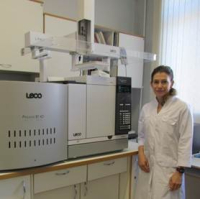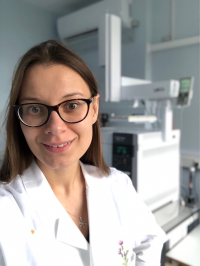
I use LECO PEGASUS® BT 4D to separate, identify and quantify secondary metabolites of various organisms. The advantages of the GC×GC system in separation of multi-component mixtures allow us to separate and identify a huge number of compounds in every samples. The ability to separate and quantify low levels of target analytes in mixtures simultaneously with the major components presented at a high level of concentration and to separate coeluted compounds is a great advantage of two-dimensional GC in comparison with one-dimensional GC. The user-friendly ChromaTOF software and excellent technical support make LECO a reliable partner for researcher. Since we started working on this equipment, our results have become more accurate and comprehensive, and our research has reached a new level.







